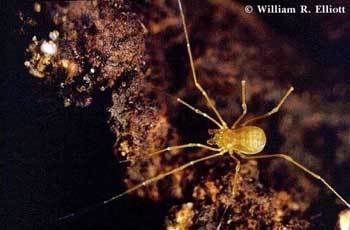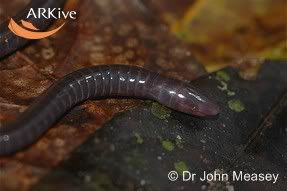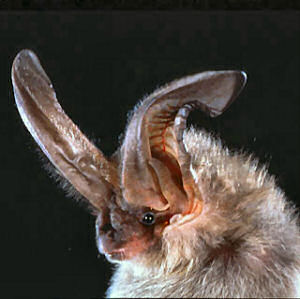 |
| Image from City of Austin |
Each of the arachnids is predatory, feeding on smaller cave-dwelling invertebrates. They are eyeless, and paler than its superterranian counterpart, often becoming orangish or yellowish. Otherwise, the spiders (meshweavers included) are similar to the everyday house spiders, and the same goes with the harvestmen, though I had to look them up to find that harvestman was another name for daddy longlegs. Pseudoscorpions, which I’m not sure how many people are familiar with them (I’m not), look much like, well, scorpions, just tailless, with small venom glands in their claws.
What is this cave habitat that contains all these endangered species, and why are there so many endangered arachnids in such a small area (relatively, we’re talking about Texas here)? The Texas karst is a limestone area that, due to the erosion of softer rocks, has formed extensive cave systems. Since they have formed (and continue to do so, they won’t stop for us) by water flow, anything dumped on the surface goes right through to all of those places where eyes are luxury items. While pollution is certainly a problem, the major issue is development encroachment, which has the possibility of destroying the area around caves or the caves themselves, or changing the temperature of the cave, which has been constant since, oh, the last ice age. Invasive plants can bring in red fire ants, which compete with the arachnids for food and sometimes prey on them.
There’s another reason for the density of endangered cave arachnids: the density of spelunking entomologists. Like it or not, much of the information about endangered species comes from a few people looking for specific species. Since they know exactly what they’re looking for, they can determine that these species are endangered, and go through the rigmarole of getting them listed. There are tons of endangered species running all over the place, but since no one’s described them, or looked closely enough at them, they go unnoticed.



